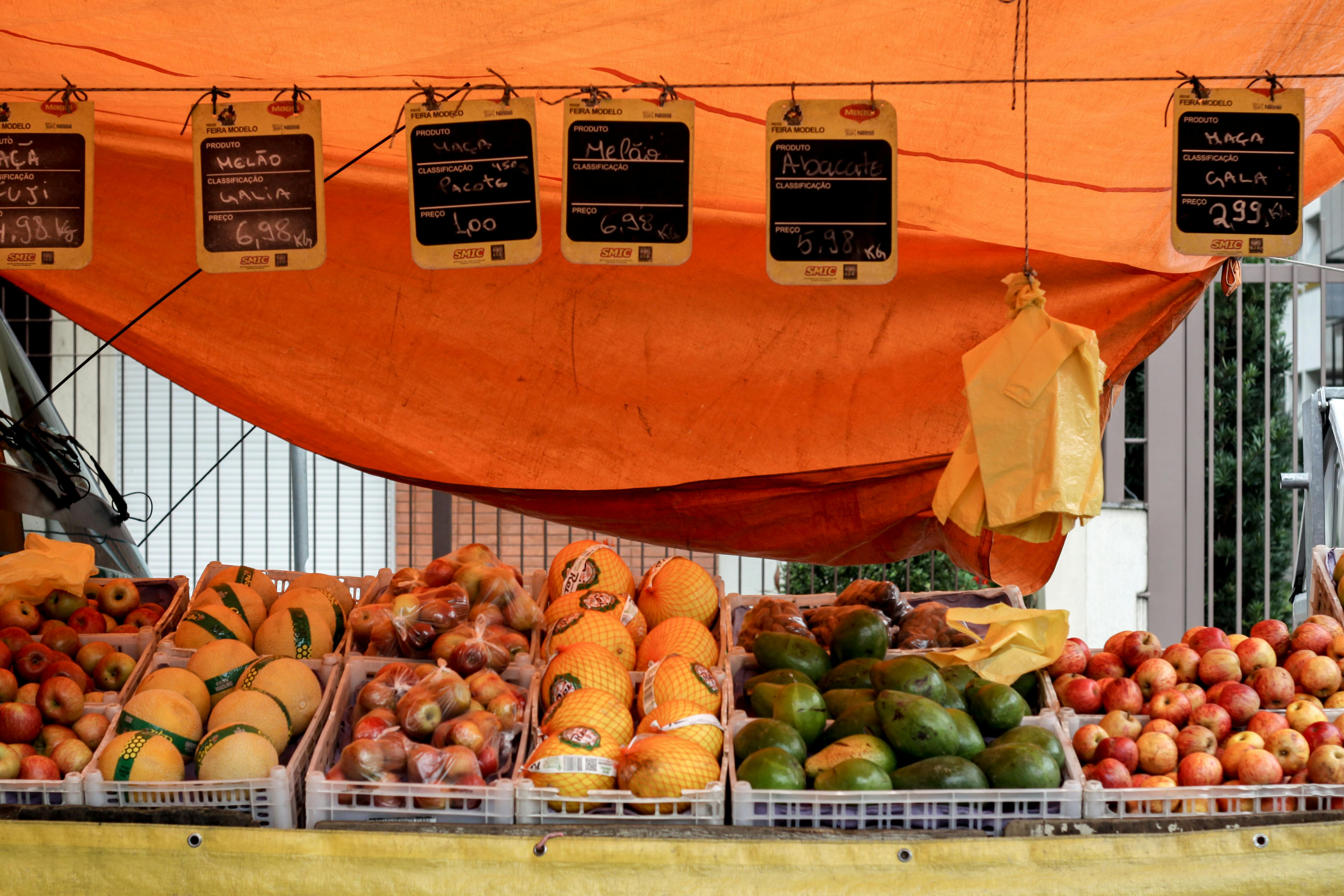Everyone knows that the Amazon rainforest is threatened by climate change. But what is it? How important is it? Well, that is what I am here in Brazil to study. I’m in the Atlantic Rainforest with my classmates from Columbia University. We are being hosted by the Instituto de Pesquisas Ecológicas (IPE), studying forest ecology and field research methods. Our goal is to determine the best and most sustainable ways to address some of the biggest issues facing not just Brazil, but the entire planet.
Walking through the woods here, one cannot help but feel awe that you are breathing the air where there is the greatest concentration of LIFE. It’s so heartbreaking to think that these beautiful creatures are losing their homes for the sake of a few minutes of our pleasure! They are too impressive and precious, the loss is too great.
Spoiler alert: the effects of deforestation in the Amazon will reach EVERYONE, and in our lifetimes too. But read carefully because you can make a difference.
If you!
Quick facts about the Amazon rainforest:
- At 1.4 billion acres, the Amazon is the largest stretch of rainforest in the world. It represents more than half of all the natural rainforest on Earth.
- It is about 55 million years old.
- The Amazon rainforest consists of four layers. Each has a unique ecosystem to which plants and animals have adapted:
- The highest one is the emerging layer. Its trees reach 200 feet in height.
- The second layer is the canopy. The smooth leaves with pointed tips facilitate the flow of water and prevent the growth of mosses and fungi.
- The layer below that can only get 5% of the sunlight. The plants here are specially adapted to survive.
- The lowest layer is the forest floor. Only 2% of sunlight reaches here.
Characteristic fauna:
- 1/5 of the world’s fresh water is found in the Amazon Basin alone. This makes it a biodiversity hotspot.
- 1/10 known species on Earth are found in the Amazon. Also, there are still millions undescribed
- The Amazon rainforest is the richest and most varied biological reservoir in the world. It contains several million species of insects, plants, birds, and other forms of life:
- 40,000 species of plants
- 5,600 species of fish
- 1,300 species of birds
- 430+ species of mammals
- More than 1000 species of amphibians
- More than 400 species of reptiles
- It is estimated that there are 2.5 million species of insects.
The Amazon is home to jaguars, harpy eagles, pink dolphins, manatees, tapirs, red deer, capybaras, sloths, various types of monkeys, and other rodent species. Yet about 137 species of plants, animals, and insects are lost every day due to rainforest destruction, or 50,000 per year.
Floor:
- About 45% is dark, 30% is clay, and 25% is water
- The top soil is about 2.5 to 5 cm deep.
- More than 100 million years of exposure to the elements acidified the soil and leached it of its nutrients.
- Plants can thrive despite poor soil quality because they recycle nutrients from dead flora and fauna (instead of getting them from the soil)
- Terra preta is a dark, fertile anthropogenic (artificial) soil found in the Amazon basin. Indigenous peoples created this “Amazon dark land” or “Indian black land” between 450 B.C. C. and 950 a. They would mix the infertile Amazon soil with bones, dung, and charcoal. Charcoal, which gives soil its color, is very stable and remains in the soil for millennia, helping it to retain minerals and nutrients. Terra preta areas are usually surrounded by common soil. Deforested soils are productive for only 1-2 years. After this, farmers will move to new areas and clear more land. However, terra preta is less prone to nutrient leaching caused by flooding due to its high concentration of charcoal, microbial life, and organic matter.
Dominant vegetation:
- 16,000 tree species and 390 billion individual trees live in the Amazon rainforest
- The lush vegetation encompasses a variety of tree species. These include myrtle, laurel, palm, acacia, rosewood, Brazil nut, rubber tree, mahogany, and Amazon cedar.
- Foods found in the Amazon rainforest include breadfruit, nuts, bananas, cocoa, guava, mango, berries, kola nut, and plantains.
Climate:
The Amazon is located in the “Tropical Forest Climate” or “Equatorial Climate”. It is hot and humid. The average temperature is about 79 degrees Fahrenheit during the day. The temperature difference between night and day is greater than between the seasons.
The immense extension and great continuity of this tropical forest is the result of the high precipitations, the high humidity and the high temperatures that prevail in the region.
Disturbance Regimes (also known as What Natural Hazards Are You Facing?):
Like most tropical and subtropical broadleaf forests, the Amazon is particularly susceptible to clearing, overgrazing, and excessive burning due to vulnerable soil and climatic conditions. Anthropogenic (human-caused) fires threaten habitat loss as well as air and water quality. Taking into account the full range of natural disturbances, anthropogenic renewal creates a significant increase in biomass and a further carbon imbalance. Warmer temperatures and less rainfall have produced droughts of historic proportions. Long periods of drought increase the probability of forest fires. These incidents also have profound effects on other aspects of the ecosystem.
Primary Human Use:
For most of human history, deforestation in the Amazon occurred primarily by subsistence farmers growing crops for their families and local consumption. But in the 20th century, large-scale agriculture and industrial activities dramatically increased the rate of deforestation. Large-scale mining operations disrupt natural ecosystems and require huge amounts of woodAmazonian rainforest tree with red eyes
The Amazon basin contains deposits of nickel, copper, tin, manganese, iron ore, gold, and other valuable minerals. In addition to deforestation, secondary effects of mining include the dispersal of mercury (used to extract gold) into the local environment. Mercury poisons indigenous communities, as well as water supplies, plant and animal life.
Oil extraction in the Amazon is causing deforestation. Furthermore, it leads to widespread soil and air pollution, indigenous conflicts, loss of biodiversity and the displacement of local populations.
animal husbandry:
- 1-2 acres of rainforest are cut down every second. This is mainly for the industry.
- 70% of deforestation in the Amazon is to make room for cattle ranches
- Meat industry corporations are systematically clearing large tracts of native forest land and replacing it with soybean crops to feed livestock. They use the land until it is completely degraded. At this point, they repeat the process elsewhere.
- Cattle ranching is responsible for 91% of all Amazon deforestation
- The construction of hydroelectric plants damages the ecosystem. Studies predict that this could submerge a significant part of the rainforest under water.
- Logging companies also extract valuable wood from the remaining forest.
- 136 million acres have been cleared for animal agriculture.
- 26 million acres of rainforest have been cleared for palm oil production. However, palm oil receives much more attention from the media and consumers. Let’s be honest, it’s easier to be passionate about causes that you don’t have to change your lifestyle for. No one wants to hear that the real problem is the meat on their plates!
Conservation problems:
30 million people live in the area. Increased industrial activity has affected many Indian tribes. They suffer displacement and exposure to diseases. For example, death rates are increasing among many tribes that had little contact with the industrial world and did not develop certain immunities.
- The loss of the Amazon rainforest represents between 5% and 8% of global greenhouse gas emissions
- 1,100 activists have been assassinated in Brazil in the last 20 years. 150 since 2012. 73-year-old American nun and activist Dorothy Stang was recently shot by a rancher. She had campaigned for 30 years to save the Amazon and its indigenous farmers from the interests of wealthy landowners. The verdict originally found the shooter ‘not guilty’, but recently ordered her arrest and her retrial. Fewer than 100 of these men have gone to trial. About 80 convicted suspects were gunmen hired by powerful ranchers and loggers. The legal system found only about 15 of the murderers guilty. None of them is currently serving sentences.
Thanks for sticking with me!
Also, thank you for being a conscious, supportive and committed citizen. I hope this has piqued your interest. If you want to learn more about the connections between environmental issues and food, I highly recommend watching ‘Cowspiracy’ on Netflix. Also, you can check out this data page, which provides an overview of how our diets affect the environment. I will also be posting more of my own work over the summer as I conduct research.
On another note, I’m not sure what would be the most interesting format for all of you. If you have a minute, let me know in the comments below if you prefer scholarly research essays, bulleted fact sheets like the one above, or more personal posts. In short, I feel very passionate about this topic. Subscribe to stay informed and share this post with your friends.
This is happening at an alarming rate. Therefore, every person and every effort counts!




Recent Comments